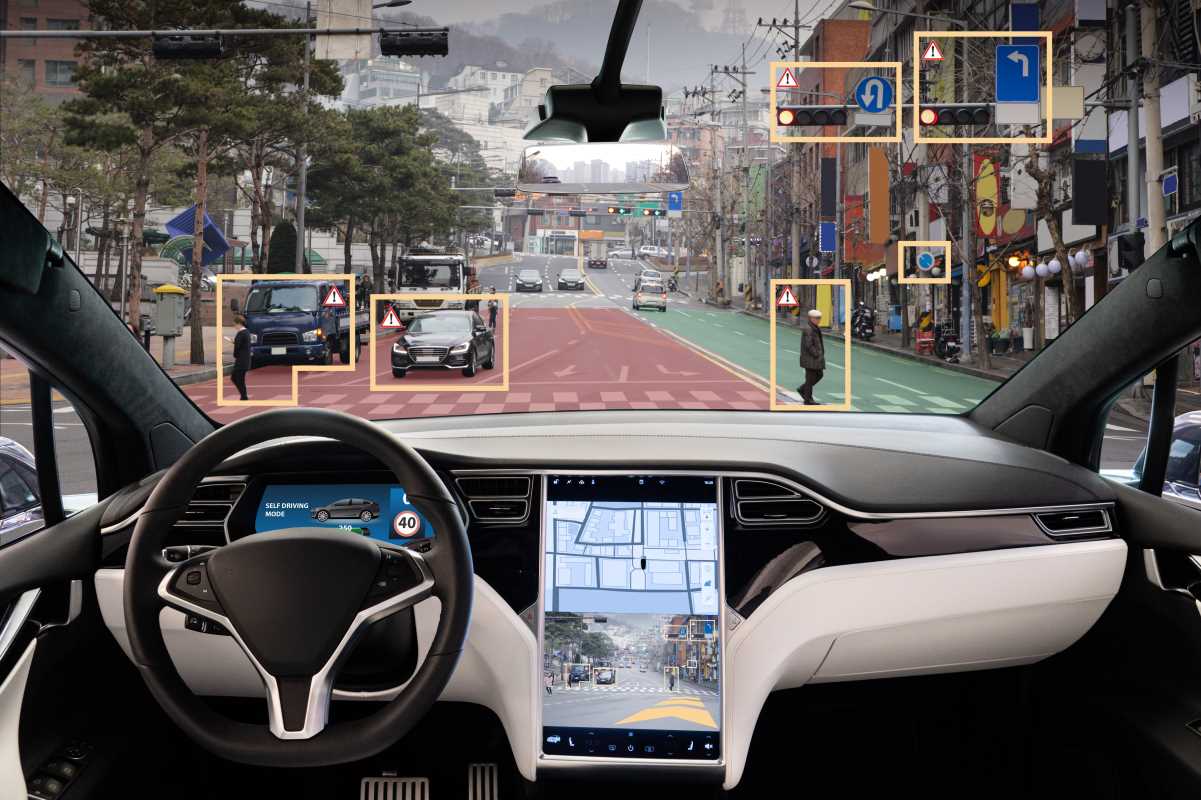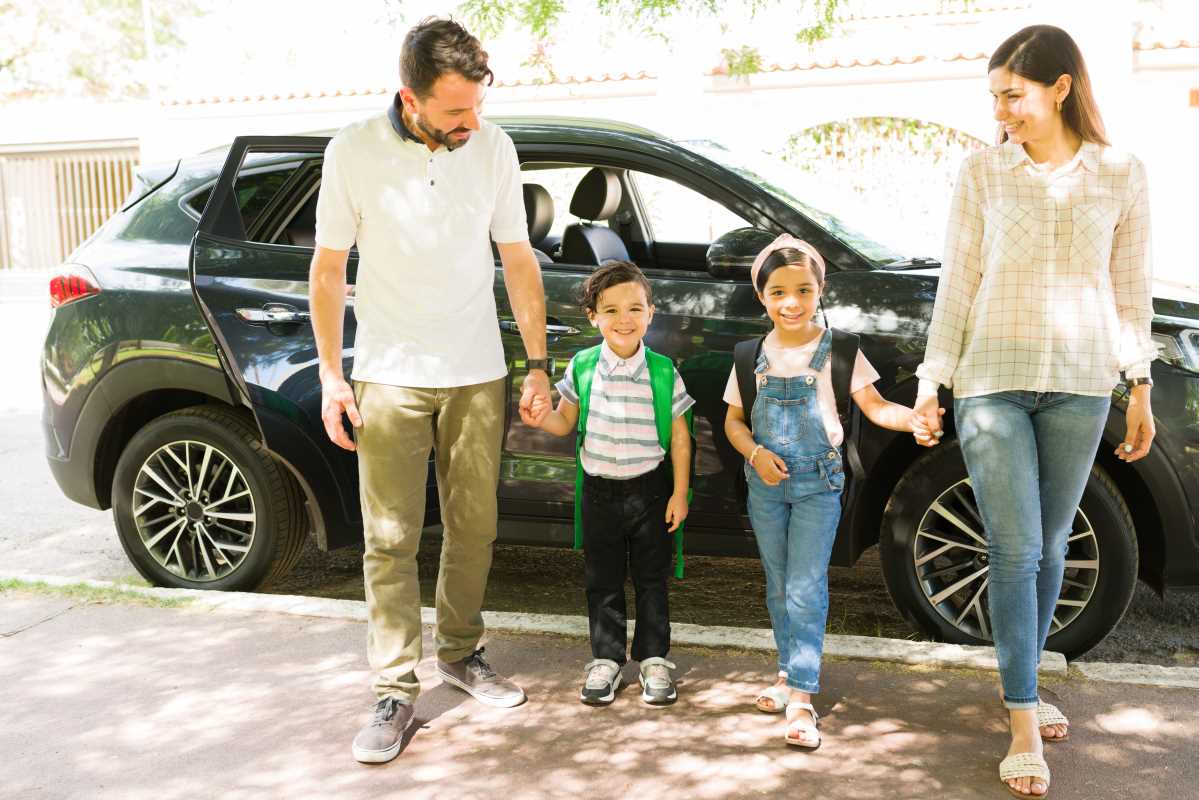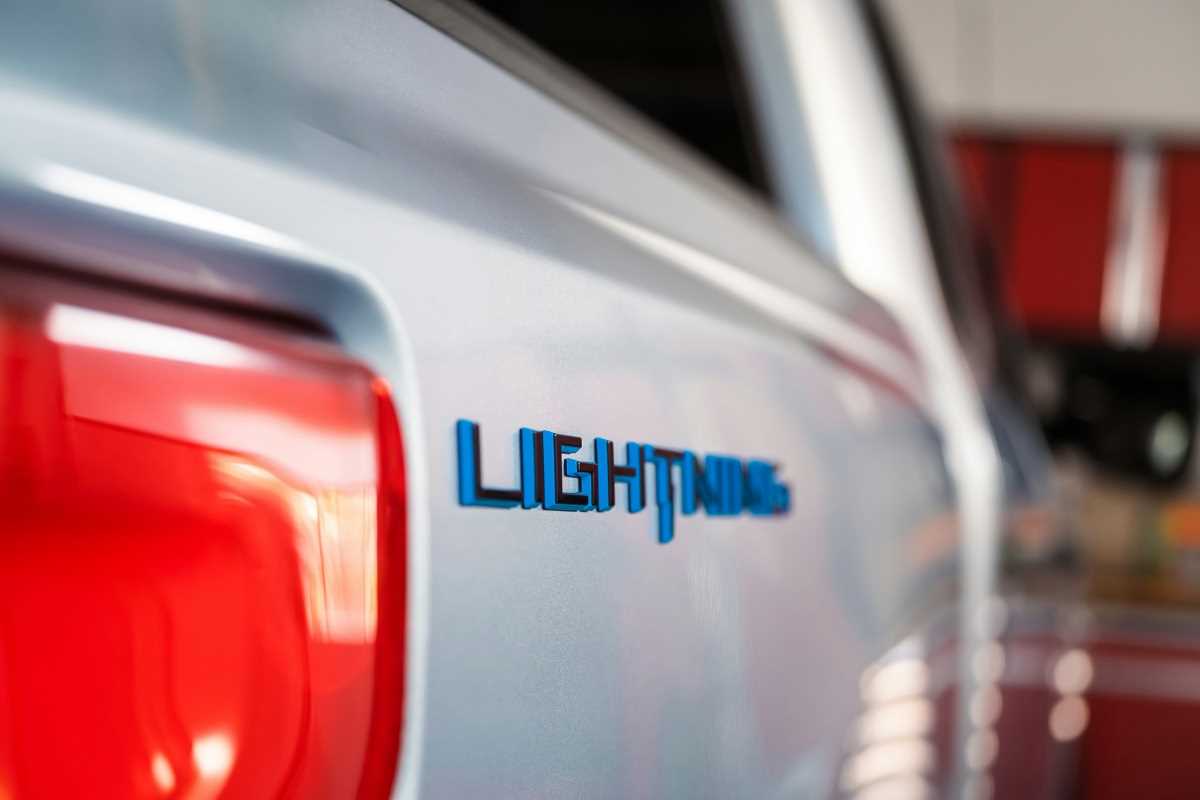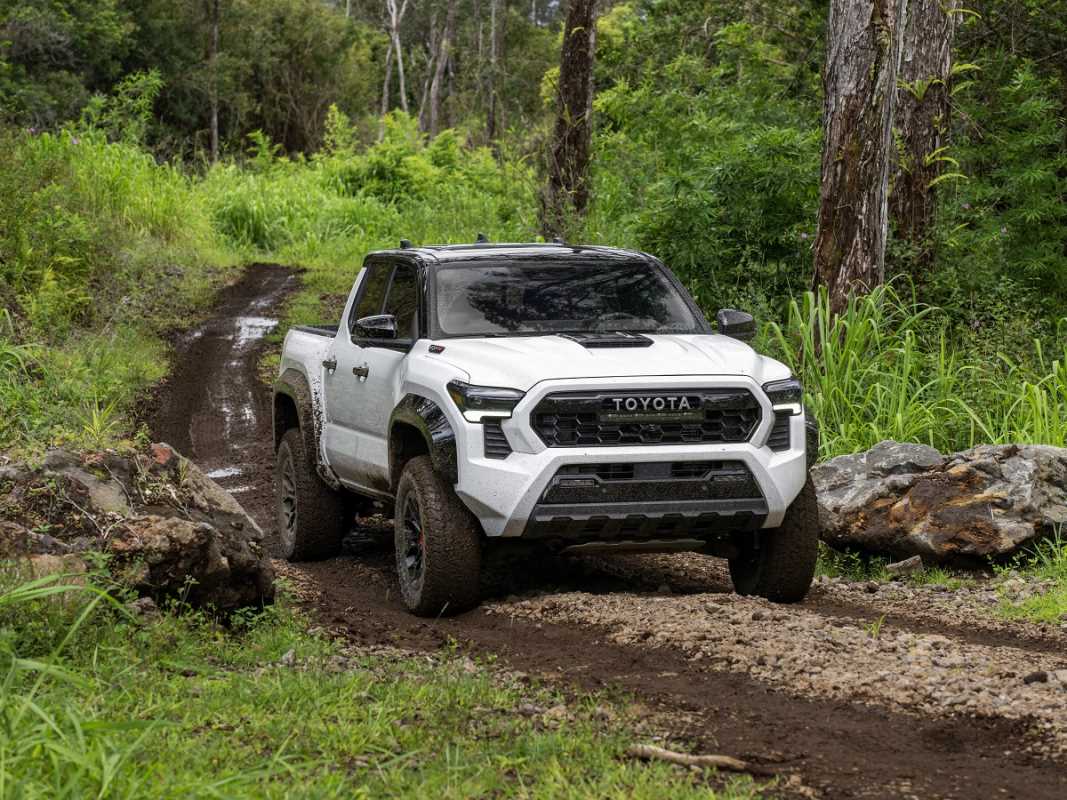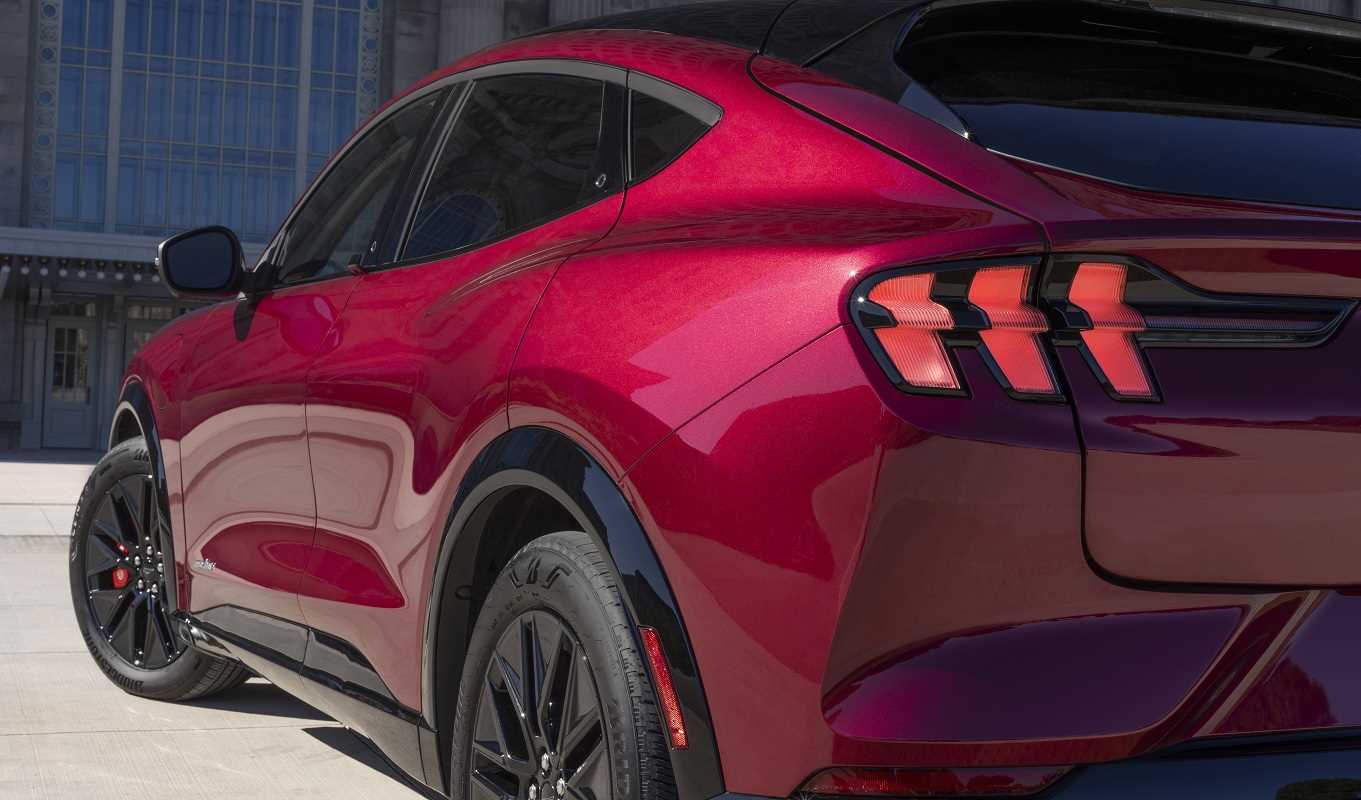The way goods move through our cities is undergoing a major transformation, and it's powered by some truly amazing technology. Autonomous delivery vehicles, from small sidewalk robots to self-driving vans, are starting to reshape urban logistics. These smart machines promise to make deliveries faster, more efficient, and better for the environment. For you, this could mean quicker package drop-offs and fresher groceries arriving at your door. This article is here to help you understand this exciting new world. We'll explore how these vehicles work, look at some real-world examples in action, and discuss the wonderful benefits and challenges of bringing this futuristic technology into our neighborhoods.
Understanding Urban Logistics
Urban logistics is the process of getting goods and services to people in cities. It's the complex web of activity that makes modern city life possible. Think about everything you rely on: the package you ordered online, the groceries for your dinner, and the supplies that stock your local coffee shop. All of it has to be transported, sorted, and delivered through busy city streets.
The current system relies heavily on human-driven vans and trucks. This creates several challenges. Traffic congestion makes deliveries slow and unpredictable. The constant stop-and-go driving contributes to air pollution and carbon emissions. There's also a growing demand for faster delivery, which puts a lot of pressure on logistics companies and their drivers.
This is where autonomous delivery vehicles come in. They offer a smart solution to these problems. By using advanced technology to navigate on their own, they can operate more efficiently and sustainably. This shift is all about creating a logistics network that is more responsive to our needs and kinder to our cities.
How Autonomous Delivery Vehicles Work
Autonomous vehicles are incredible machines that use a combination of high-tech sensors and powerful software to see and understand the world around them. This allows them to navigate safely without a human driver.
The core of the system is a suite of sensors. These act as the vehicle's eyes and ears.
- LIDAR (Light Detection and Ranging): This sensor spins around, sending out pulses of laser light. It measures how long it takes for the light to bounce back, creating a detailed, 3D map of the vehicle's surroundings.
- Cameras: High-resolution cameras provide visual information, helping the vehicle recognize traffic lights, road signs, pedestrians, and other cars.
- Radar: Radar sensors are great at detecting the speed and distance of other objects, even in bad weather like rain or fog.
All this data is fed into the vehicle's onboard computer, which acts as its brain. This computer uses artificial intelligence (AI) and machine learning algorithms to process the information in real-time. It makes decisions about when to speed up, slow down, turn, or stop. This whole process happens in a fraction of a second, allowing the vehicle to react quickly and safely to its dynamic environment.
Types of Autonomous Delivery Vehicles
Autonomous delivery isn't a one-size-fits-all solution. Different types of vehicles are being developed for different tasks, each designed to make a specific part of the delivery process better.
Sidewalk Delivery Robots
These are small, cooler-sized robots designed to travel on sidewalks at a walking pace. They are perfect for "last-mile" deliveries, which is the final step of getting a package from a local hub or store directly to your doorstep. They are typically used for delivering small packages, takeout food, or groceries. Because they are small and electric, they help reduce traffic congestion and air pollution on neighborhood streets.
Self-Driving Vans and Cars
For larger deliveries, companies are developing self-driving vans and passenger cars. These vehicles can carry multiple packages and travel on public roads alongside regular traffic. They are ideal for moving goods from a large warehouse to smaller neighborhood hubs or for making deliveries that are too large for a sidewalk robot. Their ability to operate around the clock could make delivery schedules much more flexible and efficient.
Delivery Drones
Delivery drones are small, unmanned aerial vehicles that can deliver packages by air. They offer a way to bypass traffic altogether, making them perfect for urgent deliveries, such as medical supplies. Drones can quickly reach remote or hard-to-access locations. While they face some regulatory hurdles, they hold incredible promise for creating a super-fast and direct delivery network.
Real-World Examples in Action
This technology is not just theoretical; it's already being used in cities around the world.
Nuro
Nuro has developed a custom-built, self-driving vehicle designed specifically for local goods delivery. It's smaller than a car and has no room for a driver or passengers, just cargo. Nuro has partnered with major brands like Kroger for grocery delivery and Domino's for pizza delivery in cities like Houston and Phoenix. When the Nuro vehicle arrives at your home, you simply enter a code on your phone to unlock the compartment and retrieve your items.
Starship Technologies
Starship Technologies operates a fleet of sidewalk delivery robots on college campuses and in several cities globally. These adorable, six-wheeled robots are a common sight at places like George Mason University, where they deliver food to students and faculty. You can place an order through an app, track the robot's journey in real-time, and unlock it with your phone upon arrival. They offer a convenient and contactless delivery option.
Waymo Via
Waymo, a leader in self-driving car technology, has expanded its focus to include logistics with Waymo Via. This division uses its autonomous vehicles, including both passenger cars and larger trucks, to transport goods. They have partnered with companies like UPS to test package delivery between sorting facilities. This application shows how autonomy can help streamline the middle part of the logistics chain, making the entire system more efficient.
The Wonderful Benefits of Autonomous Delivery
Adopting this technology offers some truly exciting advantages for our cities and our daily lives.
- Increased Efficiency: Autonomous vehicles can operate 24/7 without needing breaks. They can also be routed more intelligently to avoid traffic, leading to faster and more reliable delivery times.
- Environmental Friendliness: Most of these vehicles are electric, which means they produce zero tailpipe emissions. This helps reduce air pollution and improve the quality of life in urban areas.
- Improved Safety: A significant number of traffic accidents are caused by human error. Autonomous vehicles are designed to be safe, with sensors that see 360 degrees and reaction times that are faster than a human's.
- Reduced Congestion: Smaller vehicles like sidewalk robots take delivery vans off the road, which helps ease traffic. Smarter routing for all vehicles also contributes to smoother traffic flow.
